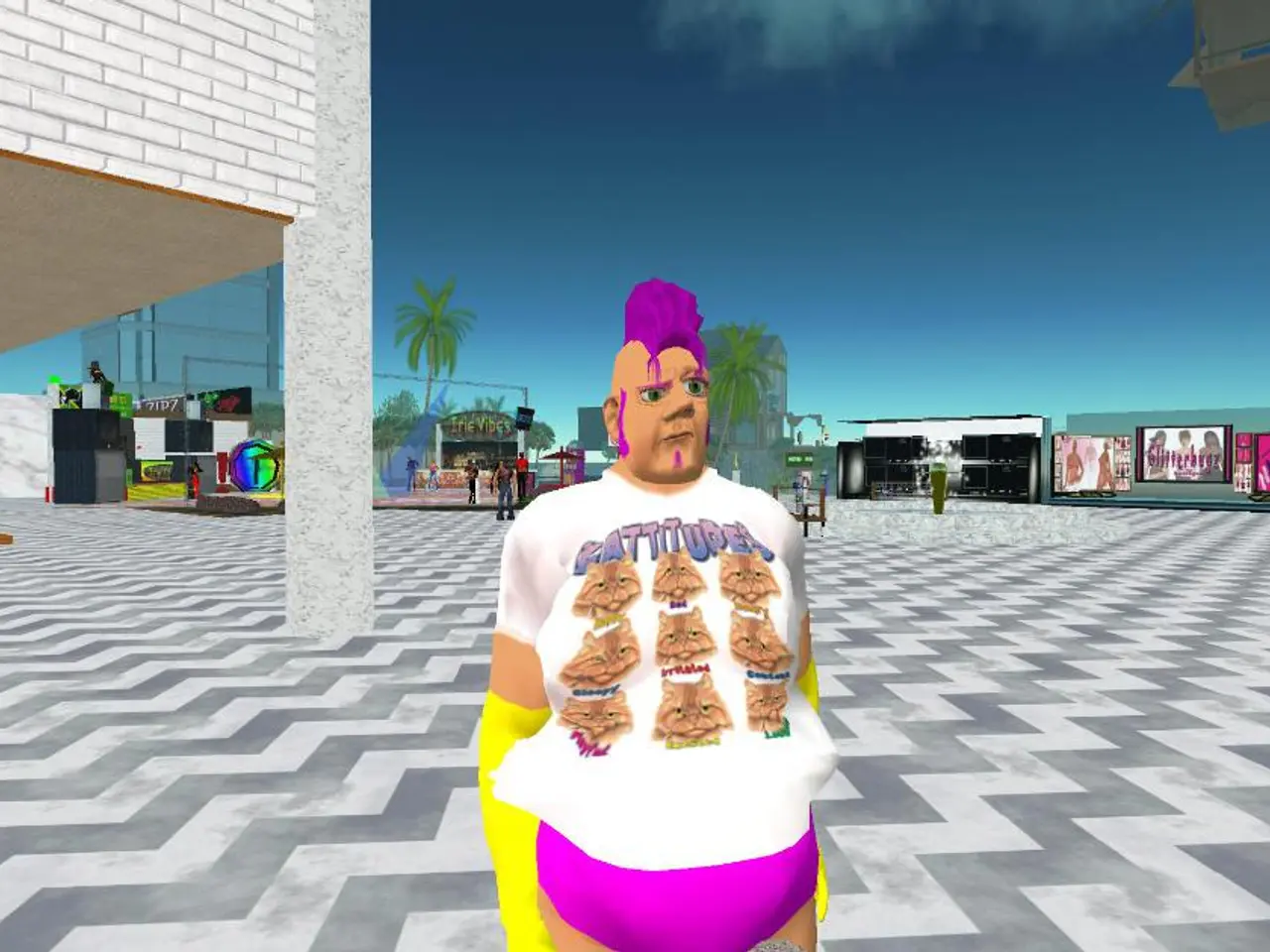Transforming Trends in Style and Design
In the ever-evolving world of fashion, 2025 marks a significant turning point. Social media's profound impact on the industry has led to a shift towards sustainability, inclusivity, and technological advancements.
Social media has democratised fashion trends, enabling direct communication between brands and consumers. This newfound interaction fosters authentic and engaging experiences, promoting transparency and accountability within the industry. Platforms like Instagram, TikTok, and Pinterest have emerged as key drivers of trends, with influencers and content creators shaping consumer preferences and driving purchasing decisions.
The emphasis on sustainability is driven by consumer demand and the need for collective action to address climate change. Brands are being urged to reduce their environmental footprint by implementing sustainable practices throughout their supply chain. Many brands have committed to reducing carbon emissions, implementing circular economy principles, and investing in sustainable materials and production methods.
Current trends in sustainable fashion strongly emphasize circularity, eco-friendly materials, and mindful consumption. The shift from fast fashion to longevity, repair, and resale is evident. Garments are now designed for easy recycling, repair, or composting to reduce waste. Pre-loved, vintage, rental, and resale platforms have become mainstream, encouraging consumers to buy less and choose well through capsule wardrobes.
The industry increasingly adopts organic cotton, recycled polyester, and innovative bio-based textiles such as mushroom leather (Mylo) and pineapple fibers (Piñatex). Seaweed textiles and fabrics made from ocean plastic and abandoned fishing nets are gaining ground for their performance and sustainability.
Brands use blockchain to provide verified information about garment origins, ethical labor, and environmental impact, combating greenwashing and building consumer trust. Companies optimise logistics to reduce transport emissions and invest in renewable energy for manufacturing, supporting nearshoring and cleaner production methods.
Technological advancements revolutionising sustainable fashion include next-generation materials like lab-grown leather, mycelium (fungus-based) textiles, lab-grown silk, and seaweed fabrics. These promising replacements for traditional textiles reduce environmental impact and expand design possibilities.
Advanced recycling technologies, such as mechanical recycling of ocean plastics into durable yarns and threads, and textile-to-textile recycling systems, allow for fiber reuse and circularity. Digital platforms and apps facilitate secondhand shopping, rental, and resale, making sustainable choices more accessible and attractive for consumers.
The future of fashion is expected to be more inclusive by embracing diversity in terms of body size, ethnicity, gender, and age. Technology is expected to revolutionise the fashion industry, with advancements in 3D printing, virtual reality, and artificial intelligence. There is a growing trend towards circular fashion, where products are designed to be reused or recycled at the end of their lifecycle.
In sum, sustainable fashion in 2025 blends creative material innovation, circular economy models, and digital transparency to transform the industry into one that prioritises environmental health and social responsibility without sacrificing style or functionality. The future of fashion is green, inclusive, and technologically advanced, promising a brighter future for both the industry and our planet.
[1] Vestiaire Collective [2] ThredUP [3] Circular Fashion [4] Mylo [5] Piñatex
- The rise of social media has played a crucial role in shaping the sustainable fashion landscape, as it promotes transparency, accountability, and mindful consumption in the fashion-and-beauty industry.
- In the realm of education-and-self-development and general-news, there is a growing emphasis on adopting eco-friendly materials, circular production methods, and sustainable fashion practices for a greener and more responsible future.
- The technological advancements in fashion, such as Mylo, Piñatex, and other innovative materials, are set to redefine the industry by offering environmentally-friendly solutions and expanding design capabilities, all while promoting sustainable and circular fashion lifestyle trends.




